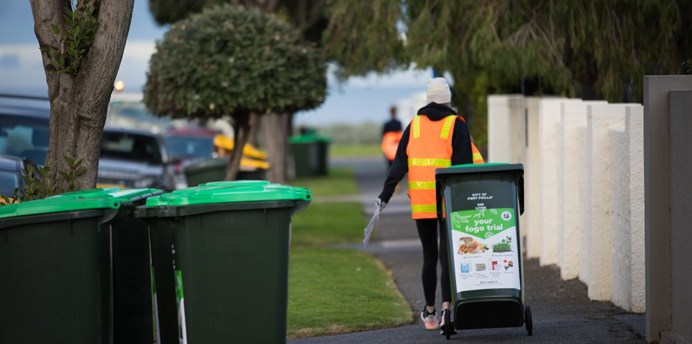Understanding shame
Understanding shame is important to trauma awareness because of the relationship between trauma and shame.
Experiencing trauma can create chronic shame. Feeling shame can bring on a survival response for someone who has experienced trauma. This means shame can be triggering and even retraumatising.
The 3 E's of shame
| Type of shame | Experience |
| Healthy shame | Shame that is felt and recovered from. Often leading to feeling humble, grateful, or respectful. |
| Acute shame | Shame that is felt in response to a specific and single event. Leading to intense negative feelings in the moment that pass. |
| Chronic shame | A constant nagging of the possibility of shame. Leading to negative self-views, such as believing we are not good enough, a failure or worthless, or feelings of personal boundaries being crossed or violated. |
Trauma and shame
Trauma is one cause of chronic shame. Feeling shame can bring on intense anxiety, triggering a trauma, or survival, response.
Shame can be brought on by:
- A potential traumatic event (or events)
- Self-blame for the event
- Feeling unlovable, violated or damaged after the event
- Labels such as victim, survivor, addict, homeless
- Taboos associated with the event, such as childhood sexual abuse
- Revealing the event, even in a in clinical or therapeutic setting
- Tools used to cope with trauma, such as drinking, self-harming, anger or hostility, or isolation.
Shame across cultures
Shame can be understood differently across cultures.
Even across First Peoples' cultures shame can be understood in different ways and be brought on by different experiences. For example, for some First Peoples, the term “help” can be shameful.
Being considerate of the communities, cultures and peoples we are working with is a step toward a shame sensitive community.
Coping with shame
Shame can be so unbearable that we try to avoid it at all costs by isolating ourselves and pushing others away.
When we experience healthy shame, we often try to avoid that specific behaviour in the future. But when shame is chronic, techniques to avoid shame affect our everyday lives. This can look like behaviours that avoid shame by isolating ourselves or by attacking ourselves and/or others.
Coping with shame by isolating ourselves or pushing others away makes recovery from trauma more difficult as we rely on social support to build resilience.
| Coping strategy | Example |
| Avoiding behaviour | Isolation, withdrawal, cancelling appointments, giving up responsibilities, emotionally numbing, dissociating, being overly submissive or non-confrontational. |
| Attacking behaviour | Repeating attacking behaviours, communication and interactions that protect us from threats, criticism, or uncomfortable emotions. This can look like aggression, hostility, violence, narcissism, and perfectionism. |
Shame sensitive
Being shame sensitive is an important step to creating a safe and engaged community and is necessary to becoming trauma-informed.





